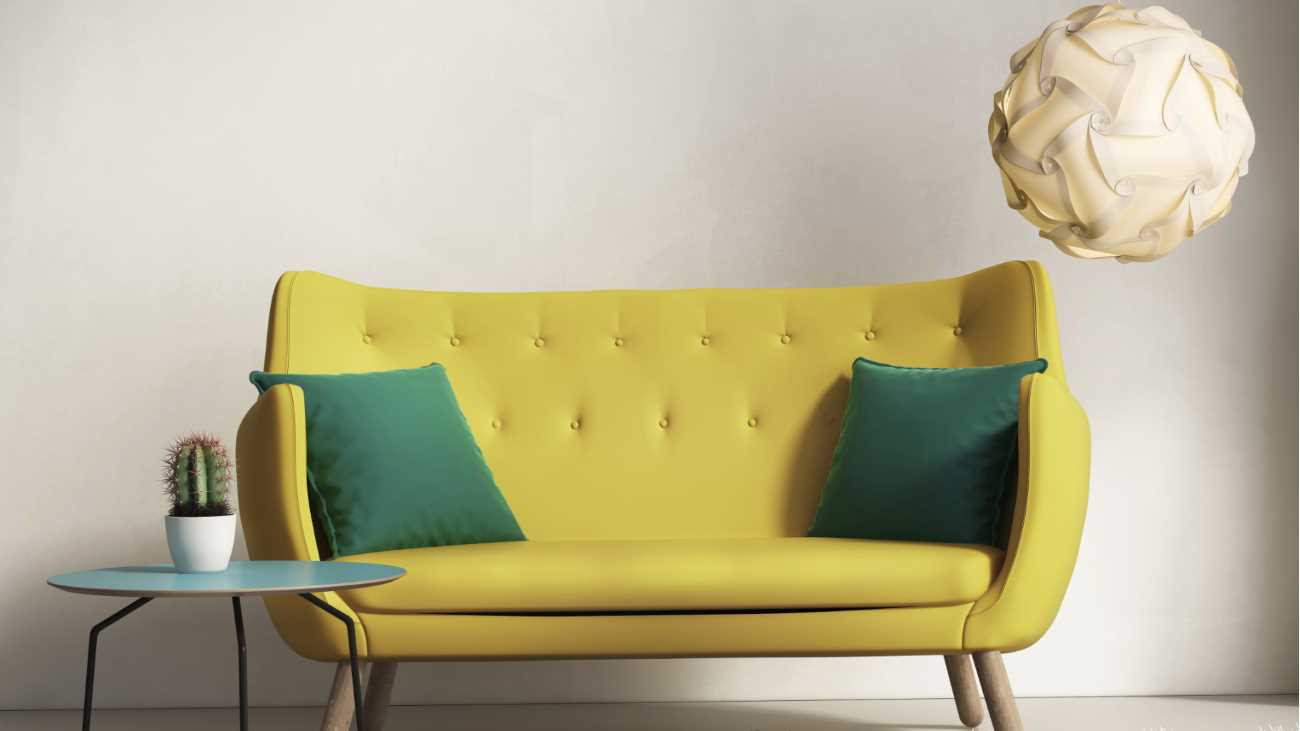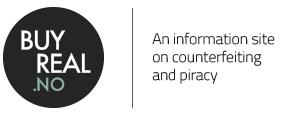Product imitation
What is the difference between a pirated product and a product imitation?
Counterfeited goods aim to have the outward appearance of original products, giving the impression of a commercial origin to which they have no connection.
We talk of product imitation when there are two "genuine" products from two different manufacturers, one of which has imitated the other. For example, the shape of a well-known designer vase may be imitated by a cheap brand, or the form of, and use of material in a popular torch may be imitated by a competitor, with the competitor's own trademark. In product imitation, the producer comes close to a product that others have already made, but does not give the impression of having the same origin as the original product.
The production and sale of imitations may be subject to the Marketing Act, which states that the efforts or results of others must not be exploited in an unreasonable way.
As a producer, you can be better positioned in the fight against product imitations if you have registered rights, for example design registration.
Read more about protection of design on the Norwegian Industrial Property Office website







